
Search
Category
Area
Season
-
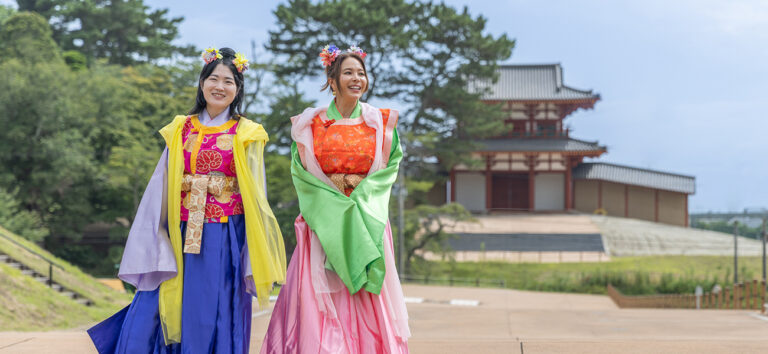
1,300 Years of Tagajo’s Founding: A Special Culinary Experience Connecting the Ages
Tagajo City is a historic town where one quarter of the area is occupied by historical sites. In the Nara period, 1,300 years ago, "Kokufu Tagajo" was established as the political and cultural center of the Tohoku region. Come and experience the rich history and food culture of Tagajo by making a short trip from Sendai.
・A short journey from Sendai Station to Kokufu-Tagajo Station (approx. 15 minutes)
・Ancient Costume Experience
Enjoy a dressing experience with Nara-period replica costumes, allowing you to feel like an aristocrat from that era.
・Tohoku History Museum
Visit a special exhibition, which is only open for a limited time, as well as the permanent exhibition. Check the reservation site for the dates of special exhibitions. The permanent exhibits provide insight into the history of the entire Tohoku region.
・Ancient Rice Lunch
Enjoy a special lunch featuring ancient rice, a local specialty of Tagajo City.
・Shell Painting Experience
Try your hand at painting on clam shells, once used in the noble game of "Kaiawase" (shell matching).
・Learn the History of Tagajo
Deepen your understanding of Tagajo’s historical significance at the Tagajo City Archaeological Research Center.
・Shiogama Shrine
Visit Shiogama Shrine, dedicated to the god of salt production. Salt production was closely connected with the history of Tagajo.
・Ancient Cultural Experience at the Tagajo Ruins
Experience the atmosphere of the time at the historical ruins of Tagajo Castle, including the newly restored southern gate.
・Special Imperial Cuisine
This tour offers a special meal inspired by the idea of what imperial cuisine from the Nara period might be like if it were served today, a unique culinary experience only available in Tagajo.
*Please note that program content may vary depending on the event date.
-
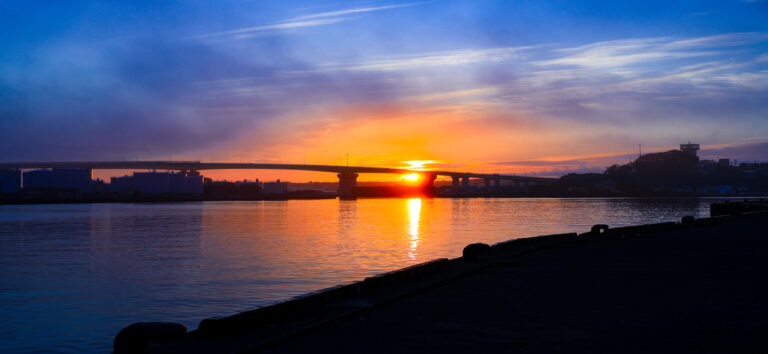
Hachinohe, the City of Fish: Food Experience at Hasshoku Center, with Famous Chefs Preparing Dishes With Ingredients from the Sea
Hachinohe City is known as the City of Fish and offers a bounty of seafood cultivated in the rough nearby seas, including squid, for which they boast the largest catches in Japan, as well as fatty mackerel. The city has long thrived and developed on the basis of its fishing industry.
Hasshoku Center, located in the city, serves almost like a kitchen for Hachinohe locals because all the produce of Hachinohe is gathered under one roof, from fresh seafood to dry foods, fruits, meat, vegetables, sweets, local sake, and more. The facility is also ranked among the top tourist attractions in the prefecture.
This program offers a premium culinary tour of Hachinohe City, with participants able to select seafood delivered from the fish market to Hasshoku Center, and enjoy these ingredients in dishes prepared by renowned chefs. Participants will also be able to tour sake breweries such as Hachinohe Shuzo, which has been popular in the port town for its sake which pairs well with fish, and will also enjoy the culture of Yokocho, a side street that flourished alongside the port. -
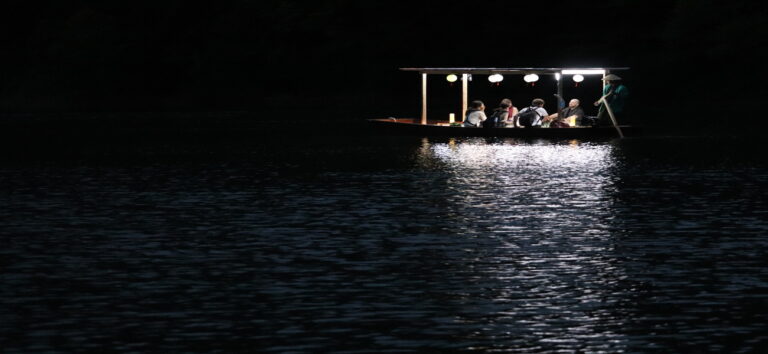
Ride the Tadami Line with Local Guides & A Night Tour of Mugenkyo Gorge
At 135.2 kilometers in length, the JR Tadami Line connecting Aizu-Wakamatsu Station in Fukushima Prefecture with Koide Station in Niigata Prefecture is famed as a hidden gem of a local rail line which boasts extraordinary views. The scenery, which includes the spectacular landscape of the Tadami River, the villages dotted along its riverbanks, and the majestic mountains nearby, is astoundingly beautiful no matter the season and has proven highly popular amongst visitors. This special tour is offered by a guide who is one of the most well-versed people in the world about the Tadami Line. Enjoy hidden sights and photo spots known only to this guide—both from inside the train and from the train’s windows.
The Mugenkyo Gorge ferry is a hand-pulled boat that runs between the towns of Kanayama and Mishima in Fukushima Prefecture, crossing the Tadami River. The name "Mugenkyo” derives from the ephemeral beauty of the valley when it is shrouded in river mist on summer mornings and evenings—as if in a scene from a dream. Although the Mugenkyo Gorge ferry normally runs only from morning to evening, this tour features special yakatabune boats that operate at night. The illumination of the yakatabune boats will give the nighttime Mugenkyo Gorge an even more mystical appearance. You will also enjoy a meal that is often served at times of celebration in this region, prepared with lots of local ingredients and traditional dishes.
On both the Tadami Line and Mugenkyo Gorge tours, you will be loaned a tablet with video and audio features that can provide multilingual guidance for your convenience, and you will stay at a guesthouse renovated from an old private residence.
Packed with rare content, these tours offer deep experiences of the culture of the Oku-Aizu region.
-
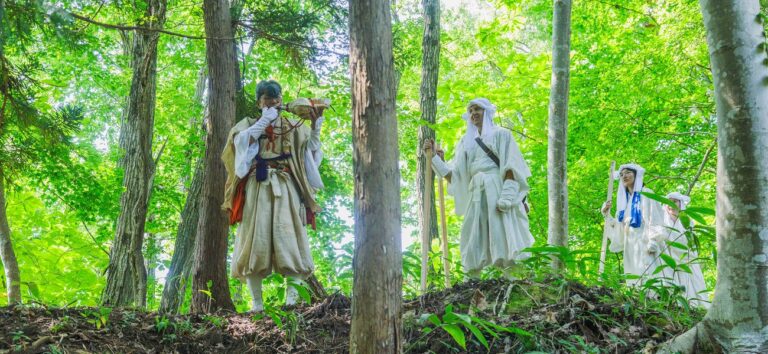
Tour of the Spiritual Culture of Jion-ji Temple, the Tohoku Region’s Finest Prayer Temple
This two-day program allows participants to experience spiritual culture with both the body and the mind to gain invaluable spiritual and physical enrichment. The program takes place at Mt. Hayama, which was once home to 48 monasteries in three different temples, and was one of the three mountains of Dewa, as well as Jion-ji Temple, a nationally designated historic site with a 1,300-year history and the Tohoku region’s finest prayer temple.
Spiritual and cultural programs include a dialogue with the head abbot of Jion-ji Temple, a performance of Jion-ji Bugaku, a prayer dance designated as a National Intangible Folk Cultural Property,
and a hike to Mt. Hayama, a former site of importance in Shugendo, a type of Japanese mountain asceticism.
The health food meals that will be served during the program will be a modern take on traditional vegetarian recipes from Jion-ji Temple.
This normally unavailable program at the historic Jion-ji Temple in Mt. Hayama will have yopu surrounded by the magnificence of nature, and you will gain a sense of spiritual richness and health you will not find anywhere else. -
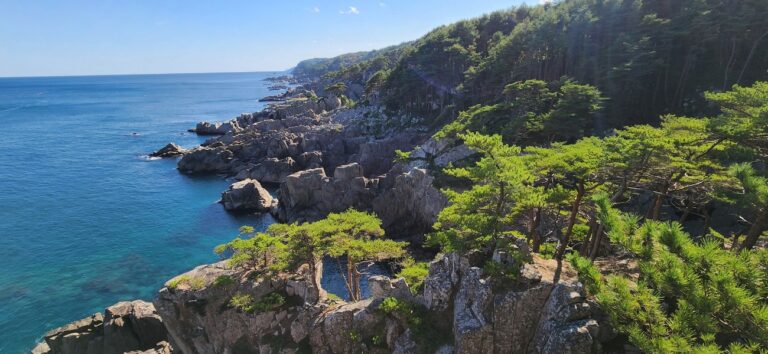
Michinoku Coastal Hiking Trail - 7 Days
The Tohoku region consists of six prefectures in the northernmost part of Honshu (Japan’s main island), and boasts beautiful nature and abundant natural resources, including delicious fresh seafood.
On March 11, 2011, the Pacific Coast of the Tohoku region was devastated by the destructive Tohoku earthquake and tsunami. More than 10 years have passed since this disaster, and reconstruction is still underway in the Tohoku region. However, many of Tohoku's beautiful landscapes still remain, and you can encounter the day-to-day lives of the many people who have overcome this adversity.
In this tour, indulge in local culture, cycling, kayaking, and other activities unique to this region, as well as walk along the Michinoku Coastal Hiking Trail, a national trail with a total length of over 1,000 kilometers that opened on June 9, 2019.
This seven-day tour also allows you to learn about the disaster, interact with locals, and reflect on the significance of life. We hope you will join us on this walking tour in the Tohoku region. -
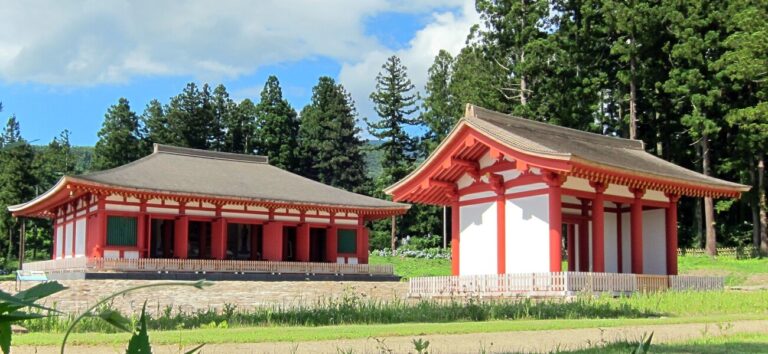
Enjoy a multilingual performance of traditional Japanese Kyogen at Enichi-ji Temple
Have you heard of Kyogen? Kyogen is a traditional Japanese performing art and form of comedy referred to as "the art of laughter." It developed alongside classical Japanese theatre 650 years ago and was designated a UNESCO World Intangible Cultural Heritage in 2015. Kyogen is unique in that actors perform rhythmical lines and gestures with bare faces, i.e., without masks—a practice derived from its origins as a Shinto ritual.
The current repertoire includes fairy tale-like stories and human comedies about drunkards, scatterbrains, and lazy servants that are enjoyable for adults and children alike. Though overseas audiences may not understand every word, they are encouraged to watch, listen, and use their imaginations to fully enjoy the show, along with the surrounding scenery. Original leaflets have also been prepared to give participants an overview of the performance. After the show, Motoya Izumi, Junko Izumi, and Tokuro Miyake will give a special workshop that will give participants a deeper look into the world of Kyogen.
While Kyogen training is typically reserved for students of specific schools, this special program will allow participants to take part in professional training (vocalization, postures, etc.) provided by the headmaster of the Izumi school. It also includes a vegetarian lunch made with local Bandai ingredients! Spend a day experiencing the best of traditional culture in the town of Bandai. -
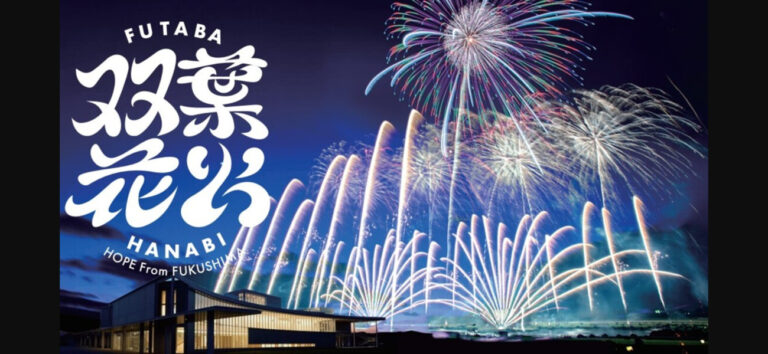
From Fukushima to the World: Symphony of Peace Interwoven with Fireworks
On Saturday, September 28, the Fukushima Pyrotechnics Association will host the Japan Tourism Agency's subsidized project “From Fukushima to the World: Symphony of Peace Interwoven with Fireworks” at the Great East Japan Earthquake and Nuclear Disaster Memorial Museum and the Futaba Business Incubation and Community Center. The goal is to invite domestic and international tourists alike to Futaba to experience Fukushima's artistic fireworks, as well as to dispel any misinformation concerning the earthquake disaster and create new tourism material for the town of Futaba.
-

SAMURAI Drive - A Journey Tracing the Beauty and Honor of the Famous Warring States Families: Uesugi and Date
This tour takes participants back to (1) the world as seen by the warlords of the Uesugi and Date families, who ruled Yonezawa during the Warring States period, and (2) the world as seen by Uesugi Yozan, the lord of the Yonezawa domain (whom US President J.F. Kennedy called "the most respected politician in Japan during the Edo Period").
(1) See the Important Cultural Properties and National Treasures of the Uesugi family, then travel back in time to the Warring States Period with a fireworks display unlike anything you've ever seen in Japan.
(2) Go on a backyard tour of the traditional food and textile cultures that flourished in the Edo Period by visiting Toko, a sake brewery that has been in business for the past 426 years, and Nitta, a Yonezawa textile company established 150 years ago.
(3) Experience cuisine and hot springs in a way that fuses Japanese traditions with global values. -
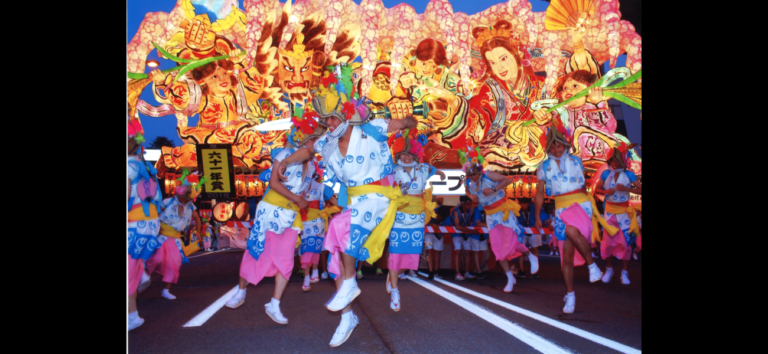
Mind-boggling paper statues dazzle at the Aomori Nebuta Festival (August 2–7)
The Aomori Nebuta Festival is one of the most popular in Japan. Every year, nearly 2.5 million people descend on Aomori City in Japan's northeastern Tohoku region to experience a spectacle found nowhere else.
The biggest draw and the festival's namesake are the Nebuta. These vast floats are adorned with paper mâché characters from myth and legend: colorful, snarling warriors, bizarre monsters and lifelike animals. Alongside the floats, traditional Haneto dancers whip up a frenzy driven by the music of Nebuta bayashi bands. Visitors can even join in the dancing provided they wear the traditional Haneto costume, which is available for rent.
The intricate floats that take over the streets of Aomori City are a work of exquisite craftsmanship. Each Nebuta takes a full year to construct, all in aid of this unique six-day event. At the end of the festival, visitors are awarded a two-hour firework display, illuminating the city's skies and providing a fitting climax to this special event. Away from the main festival, visitors can learn more about the historical roots of Aomori Nebuta at the Nebuta Museum WA-RASSE.
